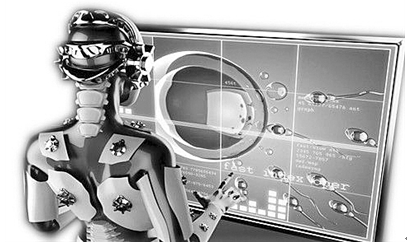Quantitative Trading refers to the use of modern statistical and mathematical methods, utilizing computer technology to conduct securities investment trading.
Quantitative trading replaces subjective human judgment with advanced mathematical models. It uses computer technology to select multiple "high-probability" events from vast historical data to formulate strategies, reducing the impact of investor emotional fluctuations and avoiding irrational investment decisions in extremely bullish or bearish market conditions.
The strategy processing logic needs to consider factors such as product selection, timing, position management, and stop-loss/take-profit. It undergoes testing through massive data simulation and mock operations, and allocates positions and funds based on certain risk management algorithms to minimize risk and maximize returns. After strategy implementation, it is screened and upgraded through historical data backtesting and repeated trading verification.



